Although few people have never heard of chainsaws, the word wasn't even in the dictionary until the 2009 edition of the DEX, at least not as a tool. It was used to describe a portable chainsaw, but it had not yet entered Romanian as a noun. And that's because in fact, Drujba (дррушба) is a proper name, the Russian brand name under which motorized chainsaws were sold in the past and which, in translation, means friendship. The transformation from proper noun to noun is not unique, neither in our country nor in the world. The use of the term 'xerox' to denote a copy made with a copying machine is perhaps the most appropriate example. But back to the chainsaw. I couldn't find exact data on the year the brand appeared, but chainsaws appeared in Romania in the 1950s, when many of the machines and tools used came from the USSR. At how well known and used this chainsaw is nowadays I think it would be interesting to know, in brief, its history, how many types there are, the differences between them, how to choose if you are a beginner and other such information.
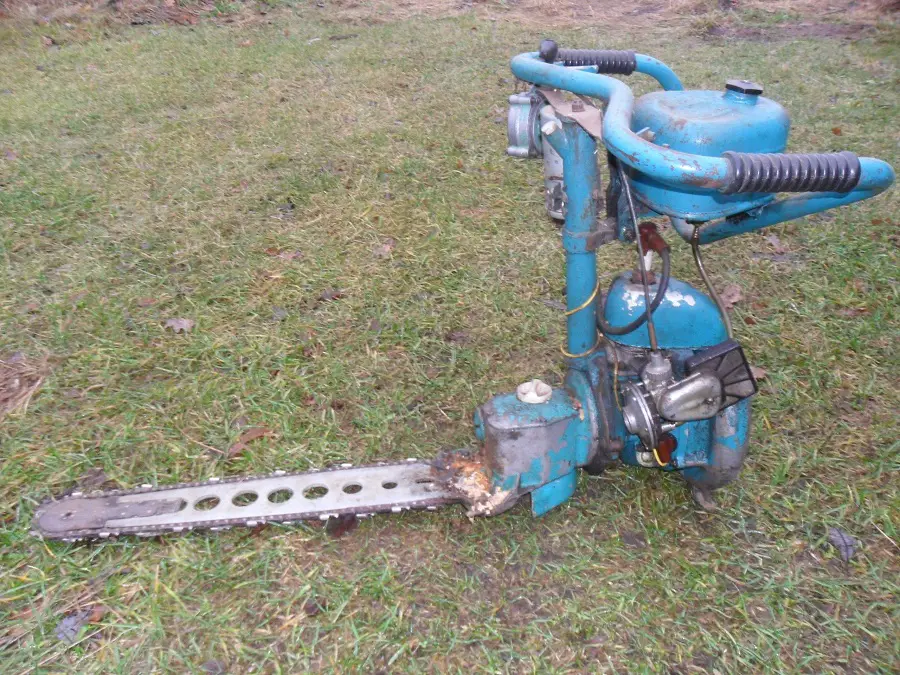
photo source: osta-ee.postimees.ee
The first chainsaw is considered to be the one invented in 1830 by the German physician Bernhard Heine, called the osteotome. As the name suggests, it was used to cut through bone. The device underwent many refinements, but until the 20th century it was mainly used in medicine for cutting bones.
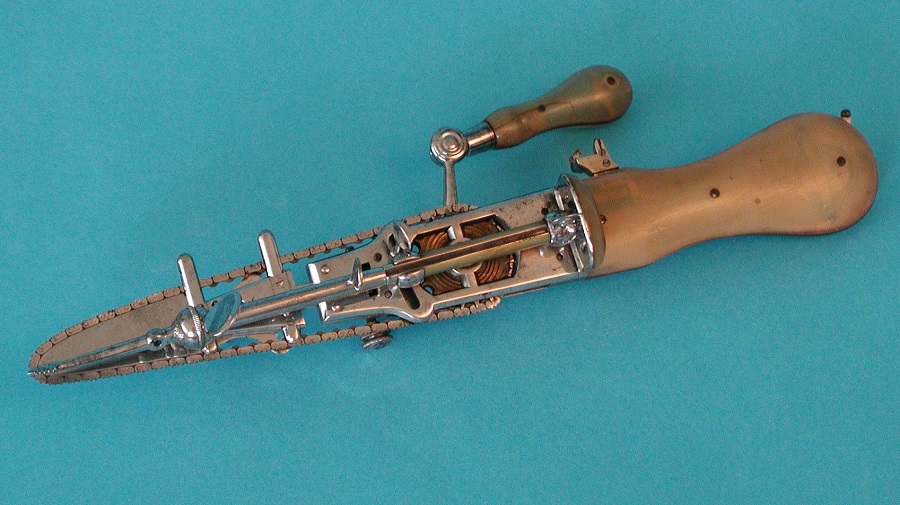
photo source: en.wikipedia.org
As early as the late 19th century, attempts to use the invention in forestry. The first portable chainsaw is considered to be the one made by the company Festo, founded by Gottlieb Stoll and Albert Fezer in 1925 and predecessor of the brand Festool. In fact, this chainsaw was invented and patented in 1918 by Canadian James Shand. When the patent expired, he no longer protected it. Festo took over, perfected and manufactured it, and were the first to commercialize the portable chainsaw.
Another important name in chainsaw history is Andreas Stihl. He invented and patented the electric chainsaw in 1926. He founded the company Stihl which began to manufacture and market them, and in 1929 also started producing gasoline chainsaws. It had been invented in 1927 by Emil Lerp, who founded the company Dolmarproducing and selling the chainsaw worldwide.
All these major manufacturers of chain saws were German. The beginning of the Second World War interrupted exports to the USA and Canada, which again led to the emergence of manufacturers who became big names and started exporting worldwide. After the war, the chain saws were continuously improved. They became lighter and lighter and could be operated by one person, which was very difficult before, when two people were needed to work with them safely.
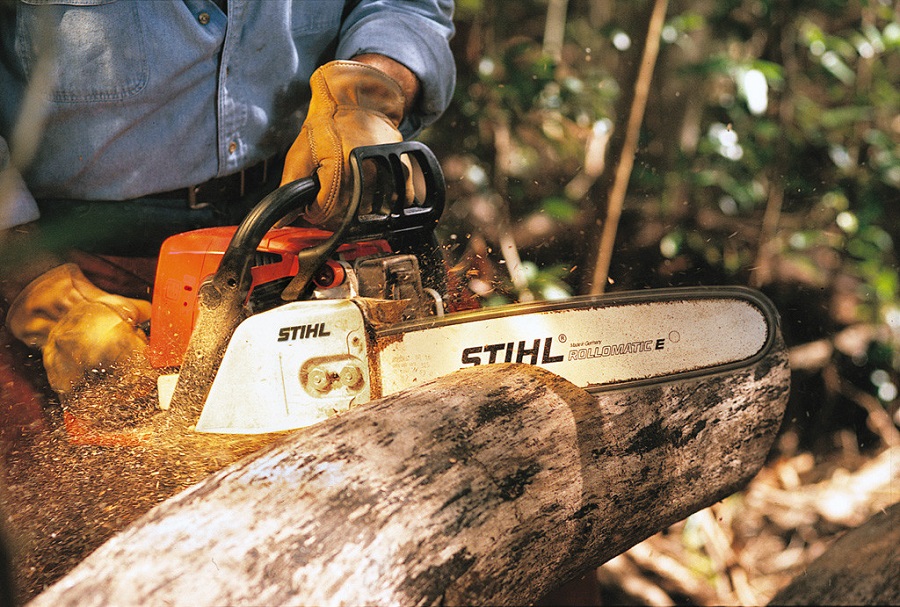
A chainsaw is a hand-held trowel powered by an engine. The blade of the trowel is a chain with cutting parts. The motor drives the chain and turns it into a cutting blade. In terms of the type of energy used, chainsaws have several types of engines:
- electric
- on gasoline
- hydraulic
- based on compressed air.

photo source: store.sunrisecquipement.com
The most commonly used are electric and gasoline-powered, each with their advantages and disadvantages.
Petrol chainsaw:
- is stronger - the chain travel speed is higher which means less pressure is applied to cut;
- is independent - connection to the power source is not wired;
- Starting is done by repeatedly pulling on a cable until a spark appears, which starts the engine in 2-stroke;
- gasoline engine requires the same maintenance as any other engine: oil change, air filter, etc;
- the engine noise is loud enough that the driver needs to wear a helmet;
- eliminate noxious fumes and combustion gases;
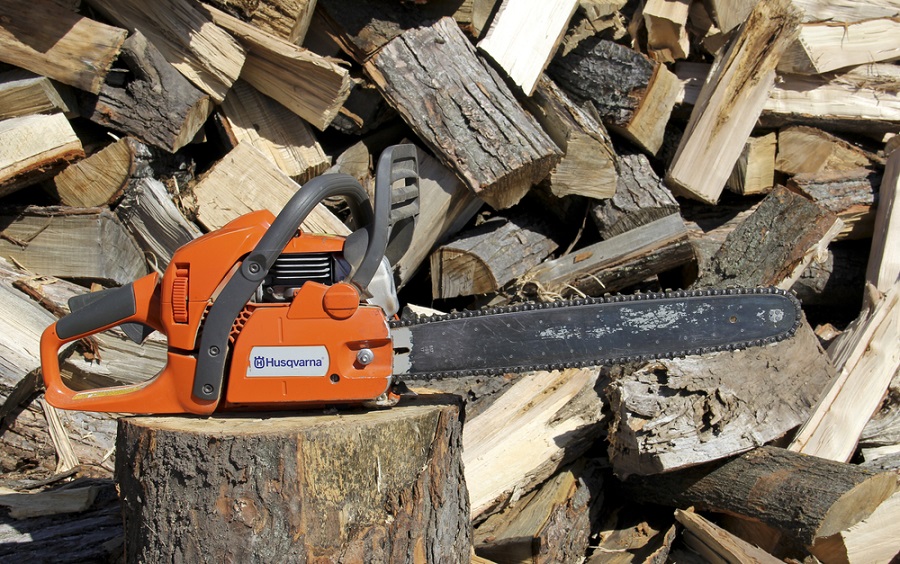
Electric chainsaw:
- starts at the touch of a button;
- is lighter and quieter;
- doesn't need filter or oil changes;
- does not remove noxins;
- the power is lower so it needs more pressure to cut;
- is connected to the power supply which limits movement;
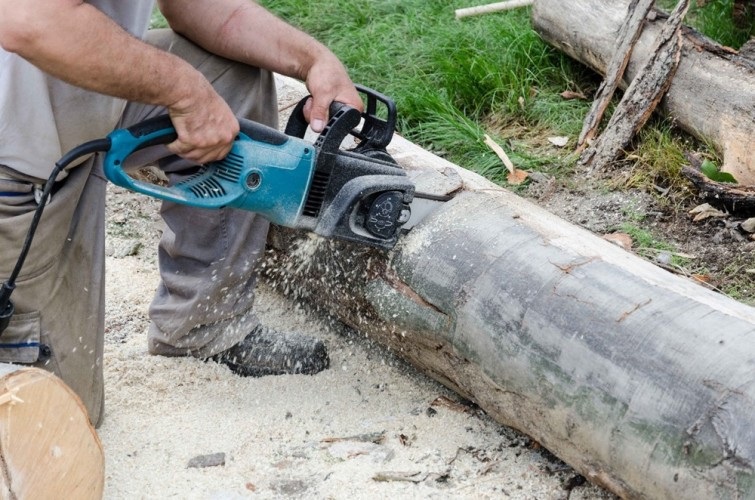
There are also battery version of the chainsaw, which is the same as the electric-powered version, with the advantage of freedom of movement. But the price is higher, similar to a gasoline-powered one, without the performance.
There are 4 criteria to consider when choosing the type of chainsaw:
- weight;
- Power - most have a power output between 1200 and 4500 W;
- Blade length - an average chainsaw has a blade length between 40 and 45 cm;
- what work needs to be done with the chainsaw of your choice.
Chainsaws are used by both professionals (those involved in logging) and amateurs. In the case of professionals The important thing is that the machine should work in good conditions for as long as possible, that it has the power to cut hard and thick wood, that its blade is long enough to cut thick logs, that it is not difficult to handle, and that gasoline chainsaws are best suited for this kind of work.
For chainsaw users amateurs, i.e. those who use it to do household chores - trimming trees, cutting firewood - i.e. they do not use it every day and operate it for a limited number of hours, the important criteria are weight, noise level, lack of noise, ease of handling. Electric chainsaws best meet these requirements.
There are many companies selling portable chain saws. I was curious to see which are considered the best in our country. In the top are Husqvarna, Makita, Stihl, Heinner and Bosch, of course with models for both professionals and amateurs, differentiated by power, weight, blade length and even whether the user is right- or left-handed.

photo source: commontestplan.org
Although they look like hard and cumbersome tools, chainsaws are also used in the arts. You may remember chainsaw carved animals by Jungen Lingl Rebetz or Itsyville, Steve Blanchard's fairytale town all with a chainsaw. There are lots of chainsaw carving festivals around the world.
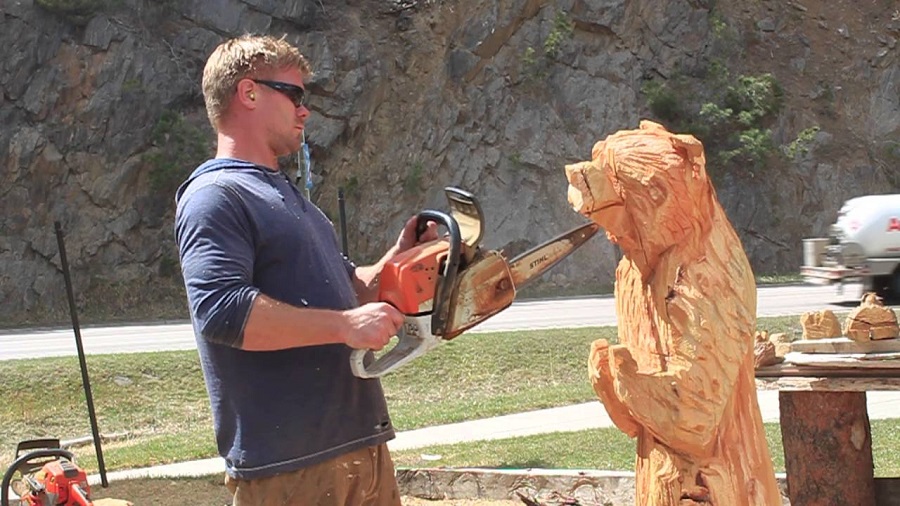
In July 2017 such a festival was organized in Vaideeni. It was the first edition of the festival and brought together 11 artists. The organizer was one of the most famous chainsaw sculptors in the country, Gabriel Rizea.
Chainsaws are not just made to cut wood. There are also models for cutting concrete, stone, marble, metal. In these cases, due to the high friction between the material and the tool, the chain can get very hot, so it must be cooled with water.
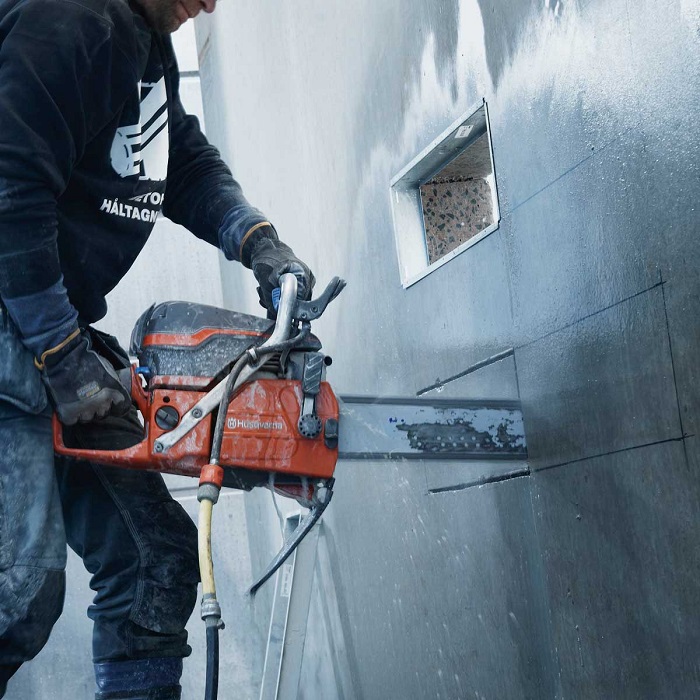
There's a lot that can be said about chainsaws and there's plenty of expert information out there, so it's not a problem to do your research before you buy. It's good to remember that it is a dangerous tool if not used correctly and that protective equipment is necessary. Many companies have developed models that include advanced protection systems. Their cost is higher, but it's good to remember that safety comes first and don't economize on this aspect.
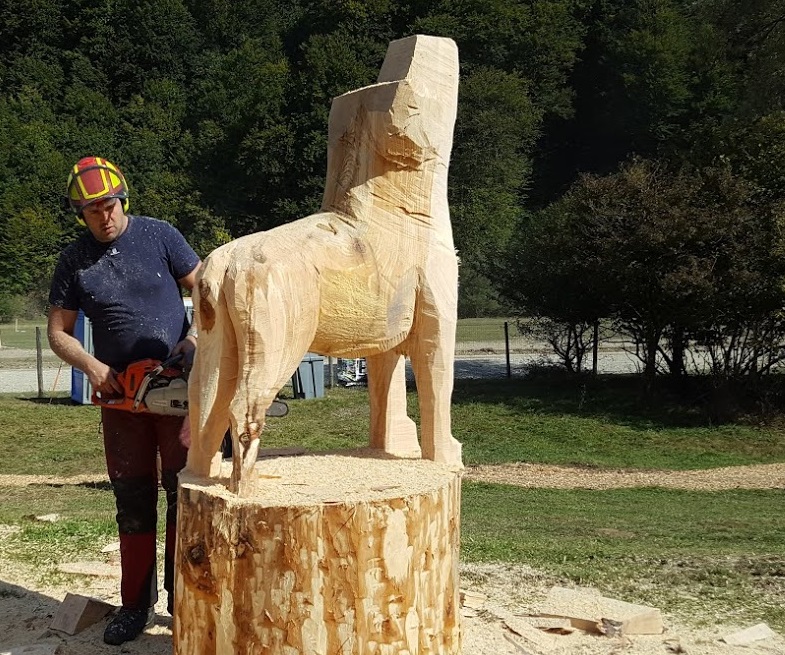





















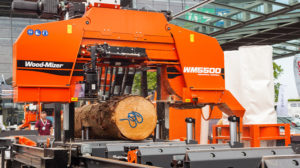
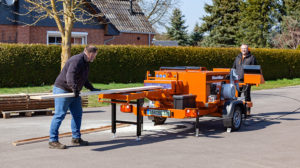

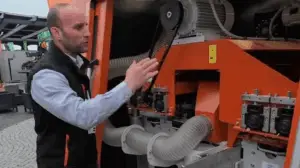




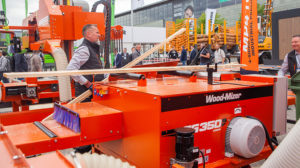
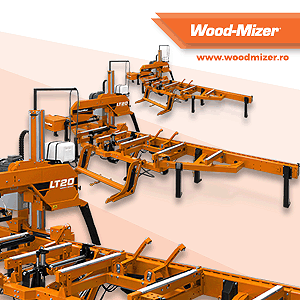
Happy Birthday! Good evening! With all due respect, I would like to correct a small detail; the electric chainsaw also needs oil. Have a nice evening.
Happy Birthday!
Thanks for the clarification.
All the best! 🙂
Good evening! First of all, please forgive me, but I would like to make a few clarifications: Under the name of Drujba was/is known a motorized chainsaw, manufactured in the USSR/Russia, the one in the picture "Old Russian chainsaw", intended in particular for felling trees in the forest, having a more powerful "offspring" "Ural". Since until after 1990, they were almost exclusively in Romania, the term chainsaw became emblematic, a "brand" for all types of chainsaws, electric, hydraulic or pneumatic chainsaws, which became: electric chainsaw, hydraulic chainsaw, etc. I smile when I hear of German, Swedish, Canadian chainsaws, etc. The same for electric, hydraulic, or compressed air (pneumatic) chainsaws. Same happened with the angle grinder, equipped with cutting disk, which became "Flex".
Thank you for the clarification. 🙂